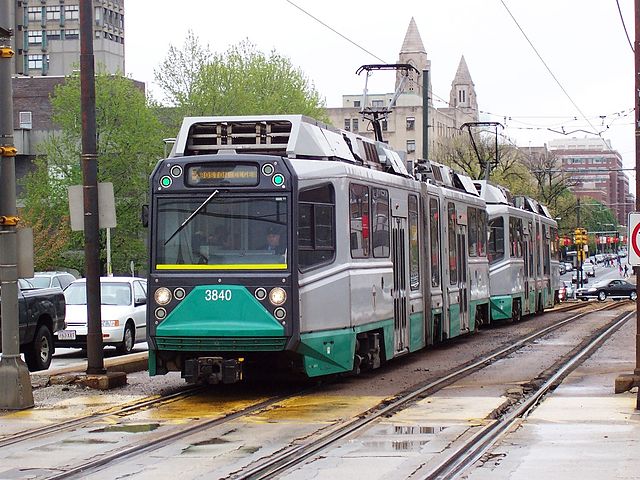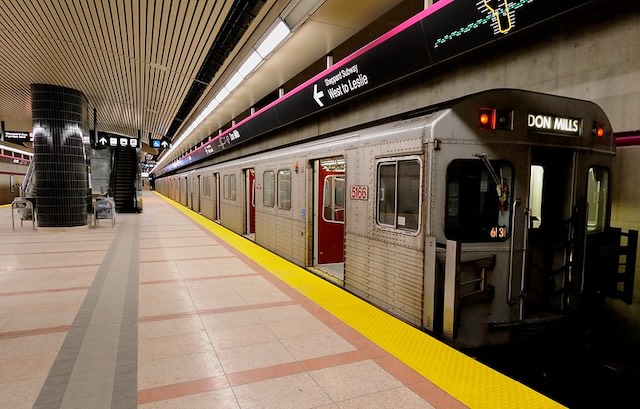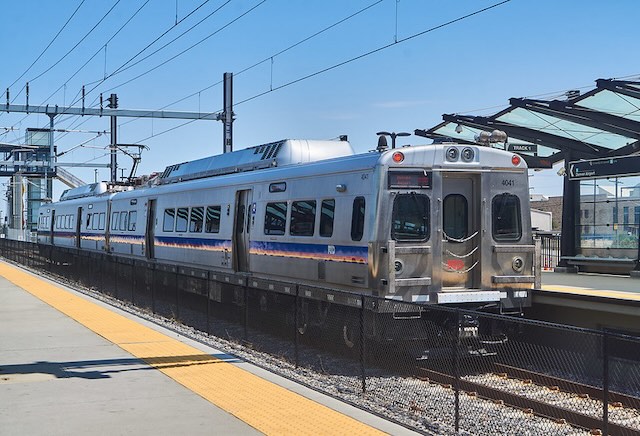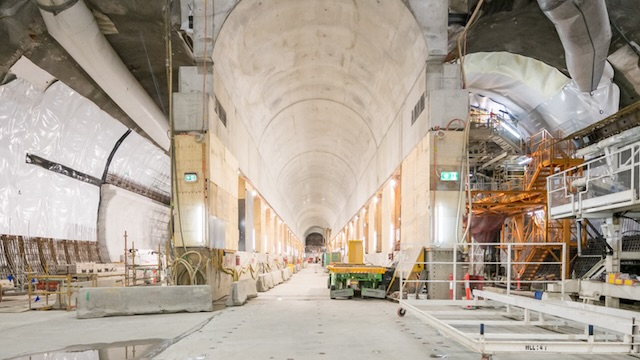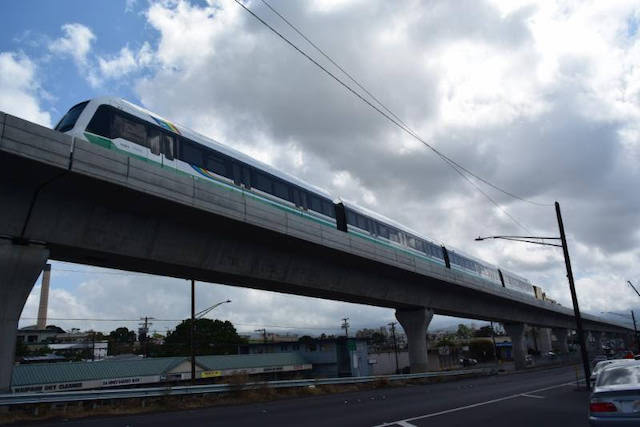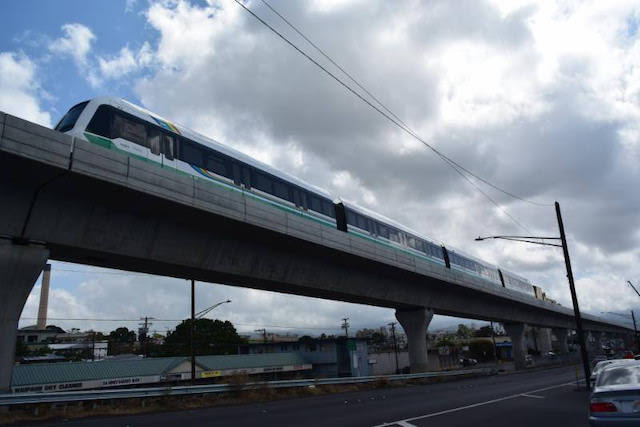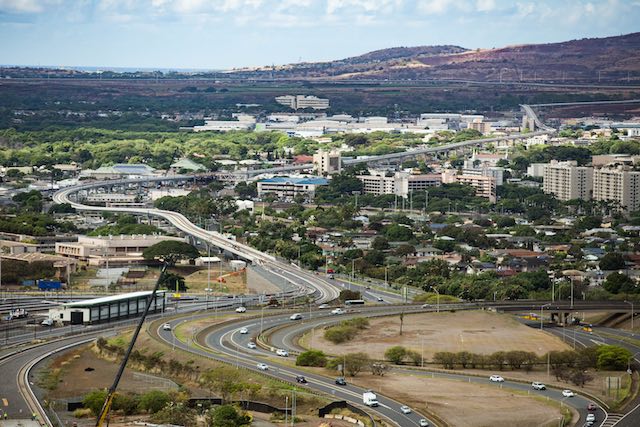The Federal Transit Administration has agreed to give Honolulu another $125 million to finish its insane rail transit line. Years ago, the FTA agreed to provide $1.55 billion for the rail line, but that was when the line was expected to cost $5.1 billion.
When projected costs exploded to $12 billion and the city proved to be an inept project manager, the FTA withheld about half of the promised money, saying that it didn’t believe the city would be able to complete the project. Now, after redesigning the system, negotiating with the FTA, and no doubt twisting some arms, the federal agency is handing over about 17 percent of the withheld funds. Continue reading


